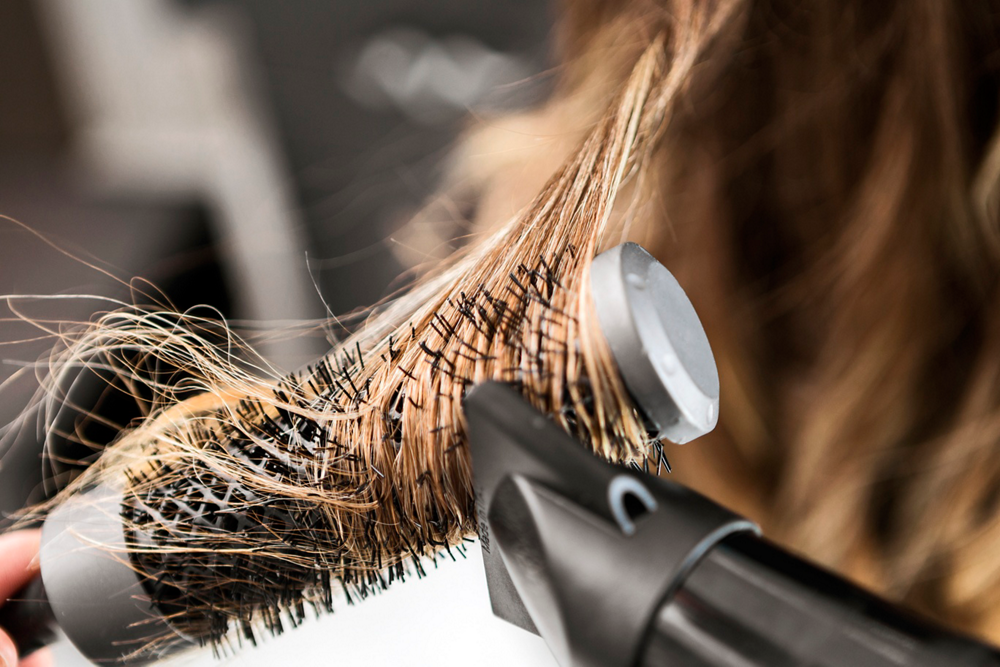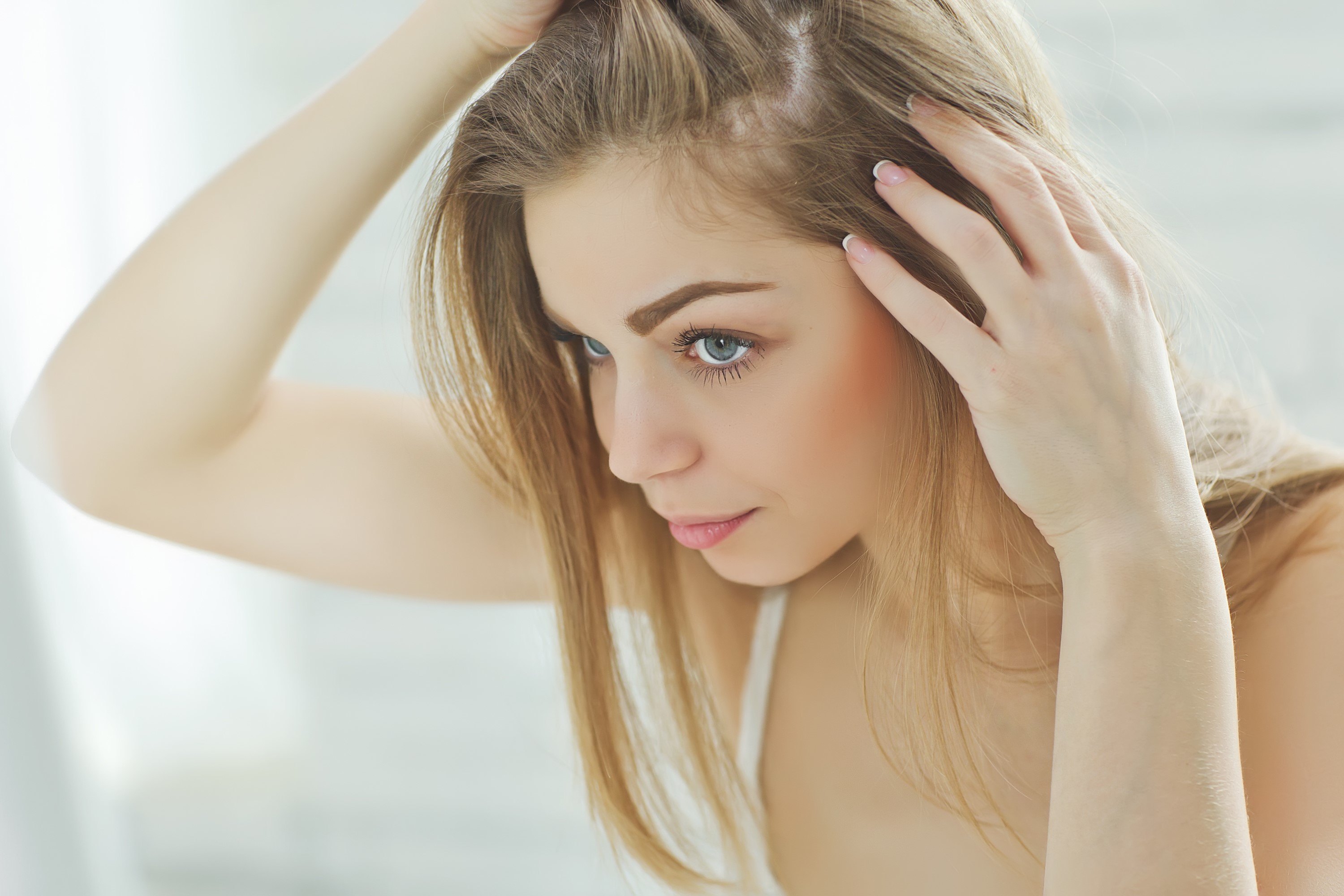-
- PRODUCT TYPE
- Shampoo
- Conditioner
- Treatments
- Stylers & Finishers
- Colour
- View All
HAIR REGROWTH AND CHEMO CURLS AFTER CANCER TREATMENT
Here’s our guide to hair care post-chemo, caring for thin and fragile hair and how to manage chemo curls - which can be an unexpected surprise for many people when their hair regrows.
Hair regrowth after chemo
During a course of chemotherapy, powerful medications attack multiplying cancer cells in your body. These medicines also attack other areas of your body with rapid cell growth, including your hair follicles, which is why many people undergoing cancer treatment lose their hair. Most of the time hair loss caused by chemo is temporary, and your hair starts to regrow 3-6 months after your treatment ends.

Caring for post-chemo hair
Your doctor or healthcare teams will be able to advise you on the best ways to encourage hair growth; however, we’ve got some great tips on taking care of fragile hair post-chemo.
If you’ve had radiotherapy treatments on your head, check with your radiotherapy team to see which products are suitable for use when your hair starts to regrow.

Does chemo change hair forever?
We understand you may be feeling anxious about your new hair regrowth post-chemo. Changes to your hair’s texture and colour are often temporary, but for some individuals they will be permanent.
There’s no way to predict how your hair will grow back after chemo; the best indicator is to wait 6-12 months after regrowth begins, and assess your hair’s texture and colour then.
Many people are surprised by their hair regrowth. Some people find the texture has changed, and it’s thinner or finer than before. Your hair may grow more slowly than before, and may look wispier or frizzier. You may find that the colour of your hair has changed, too.
If you had long hair before chemo, it may take several months or years for your hair to be the length it was before.
If your hair isn’t as thick as it was previously, you might like to try a shorter or more graduated hairstyle.
What causes chemo curls?
As well as finer hair or hair that’s changed colour, some people report that their hair grows back curly after their chemo treatment finishes. It’s a phenomenon known as ‘chemo curls’.
Chemo curls are caused by chemotherapy affecting your hair follicles, as the chemicals may remain in your system after your treatment ends. These chemicals will eventually leave your body, but while they linger they can change your hair follicles, and regrowth may vary from barely-there waves to bouncy curls.
Chemo curls are often temporary, and can last for varying lengths of time, depending on your age, the condition of your hair pre-chemo, and the treatment you had.
Caring for chemo curls



